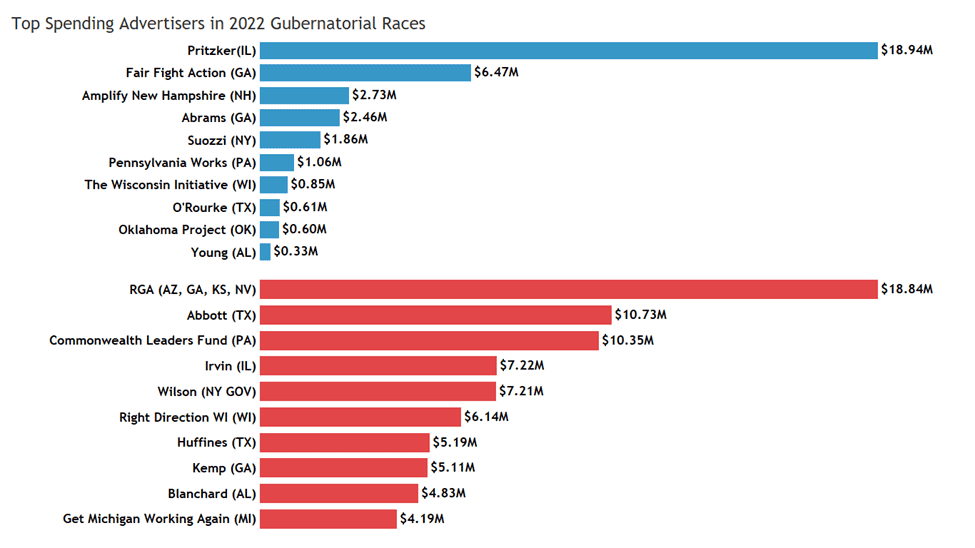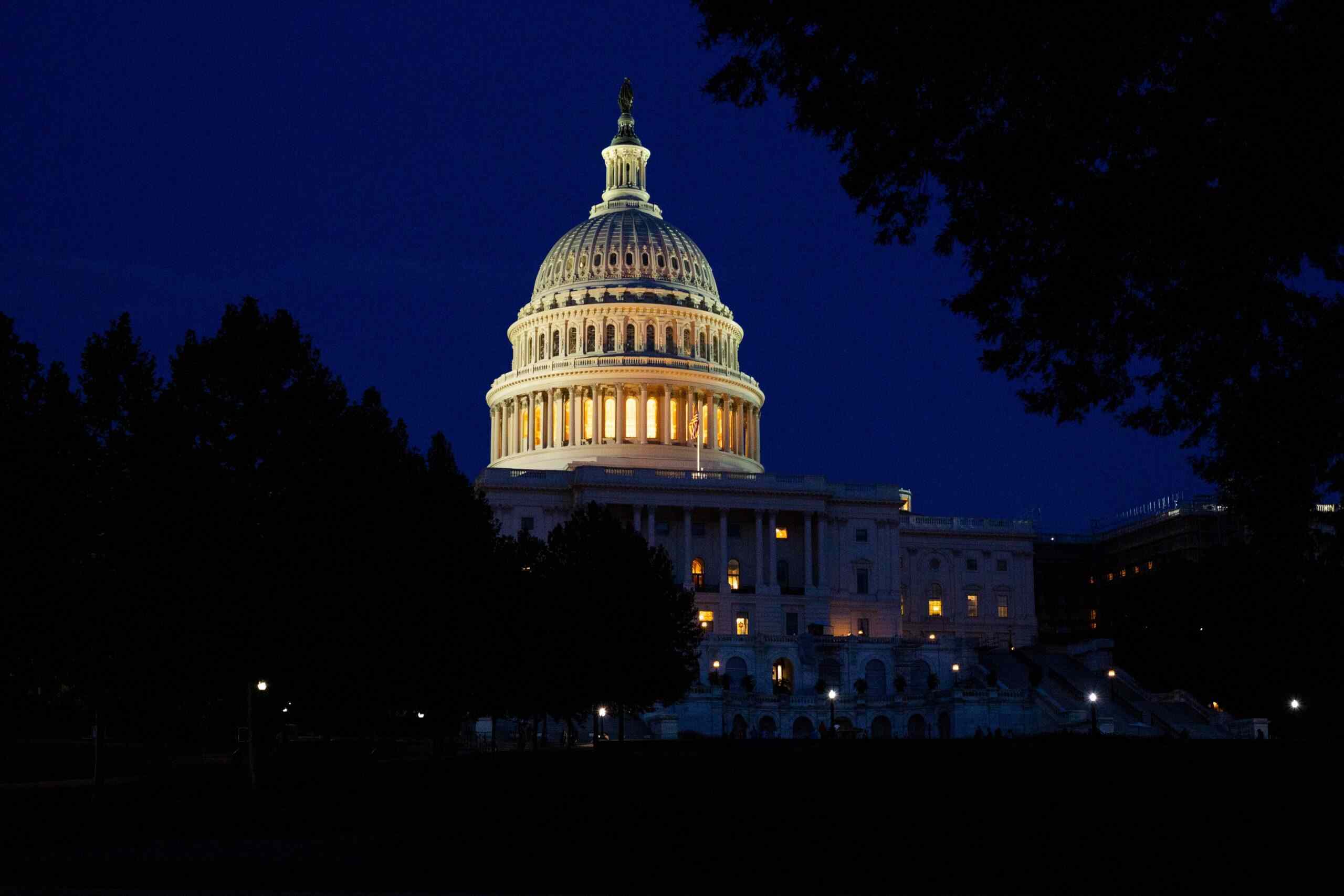Written by Meaghan Walsh and Michael Schader
The capability and accessibility of Artificial Intelligence (AI) technology has skyrocketed in recent years. While some view this technology as a new tool to conquer global problems, others note the great risk it poses for consumers. Within the advertising space, the benefits and dangers of AI technology are increasingly relevant. With the click of a button, computers can generate ads for campaigns, and even use candidates’ likeness for their own purposes. In this piece, AdImpact offers an analysis of the current state of AI political ads.
AI has several applications to political ads, including content generation with varying degrees of human oversight and the use of deepfake technology to use the faces and voices of politicians and candidates. As the technology evolves, bad actors have used deepfakes throughout the political landscape to persuade and mislead viewers. For example, in 2022, a deepfake was generated of Ukrainian President Volodymyr Zelenskyy where he appeared to direct soldiers to lay down their weapons and surrender to Russia.
An AI political ad from the 2022 political cycle came from the group People Over Politics. The ad targeted the Shreveport Mayor race attacking Democratic incumbent candidate Adrian Perkins using artificially generated images of his face and voice. The group spent $10K to air the ad on broadcast from mid to late October. Early in the 30 second advertisement, a disclaimer appears noting “image created using ‘deep learning computer technology.’ Not actually Adrian Perkins.” The statement remains visible on screen for a total of 3.2 seconds before disappearing. This was a hotly contested race that resulted in a runoff election between Republican Tom Arceneaux and Democrat Gregory Tarver. Perkins did not advance to the runoff. He finished fourth in the first round, receiving 17.59% of the vote. Ultimately, Republicans gained control of the mayor’s office for the first time in 28 years.

More recently, the May 2023 Presidential election in Turkey featured multiple deepfake videos that were widely circulated. One candidate withdrew from the race after a supposed sex tape surfaced; he claimed that it was fabricated to force him out. Meanwhile, during a public rally, sitting president Recep Tayyip Erdoğan showed faked videos of main opposition candidate Kemal Kılıçdaroğlu singing along with members of a banned terrorist organization.
AI technology has already reached the 2024 US Presidential race. At the end of April, the Republican National Committee (RNC) released an AI political ad with images of a dystopian US future. The ad was uploaded to YouTube and shared across social media, garnering 702K views on Twitter and 284K views on YouTube. The ad includes the disclaimer “built entirely with AI imagery” in small white text at the top lefthand corner.

The reactions to AI technology in D.C. have been swift. Within the political realm, the American Association of Political Consultants (AAPC) released a statement condemning “the use of deceptive generative AI content in political campaigns.” In May of this year, Sam Altman, the CEO of OpenAI that built popular programs such as ChatGPT and DALL-E, testified before Congress on the state of AI technology. During the discussion, Altman warned that the use of AI in elections--and more specifically--to “manipulate” and “persuade” people, was “one of [his deemed] areas of greatest concern.” The Deepfake Report Act of 2019 passed the Senate in 2019 and required “the Department of Homeland Security to report at specified intervals on the state of digital content forgery technology.” President Biden also released the “AI Bill of Rights” to address the challenges posed by such technology. Recently, both the House and Senate acted to introduce legislation to disclose and regulate the use of AI in political ads. Beyond the federal government, Washington just became the first state to require the public disclosure of AI use in political ads. AI content generation is now available for mainstream access. More than ever before, political actors can generate curated content to persuade voters. However, these innovations harbor great risk to mislead and manipulate the American public. As the technology evolves, AdImpact will continue to monitor its effect on the political ad landscape. For more in-depth coverage of political ad spending data, please refer to our latest analysis.









